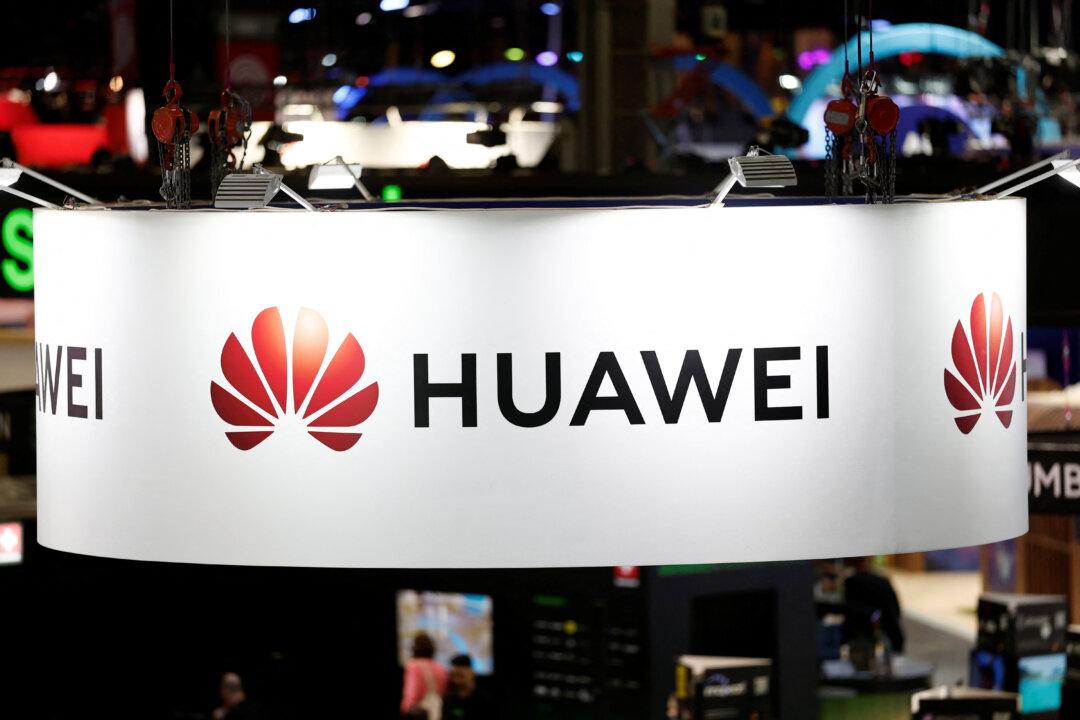CHICAGO—One of the biggest trends in retirement saving over the past decade has been the shift to target date funds—broadly diversified mutual fund products that automatically adjust the blend of stocks and bonds as your retirement date approaches. The idea is to reduce the risk of big losses as your expected retirement age gets close.
Considering the sharp market downturn in 2018, how is that working out?






